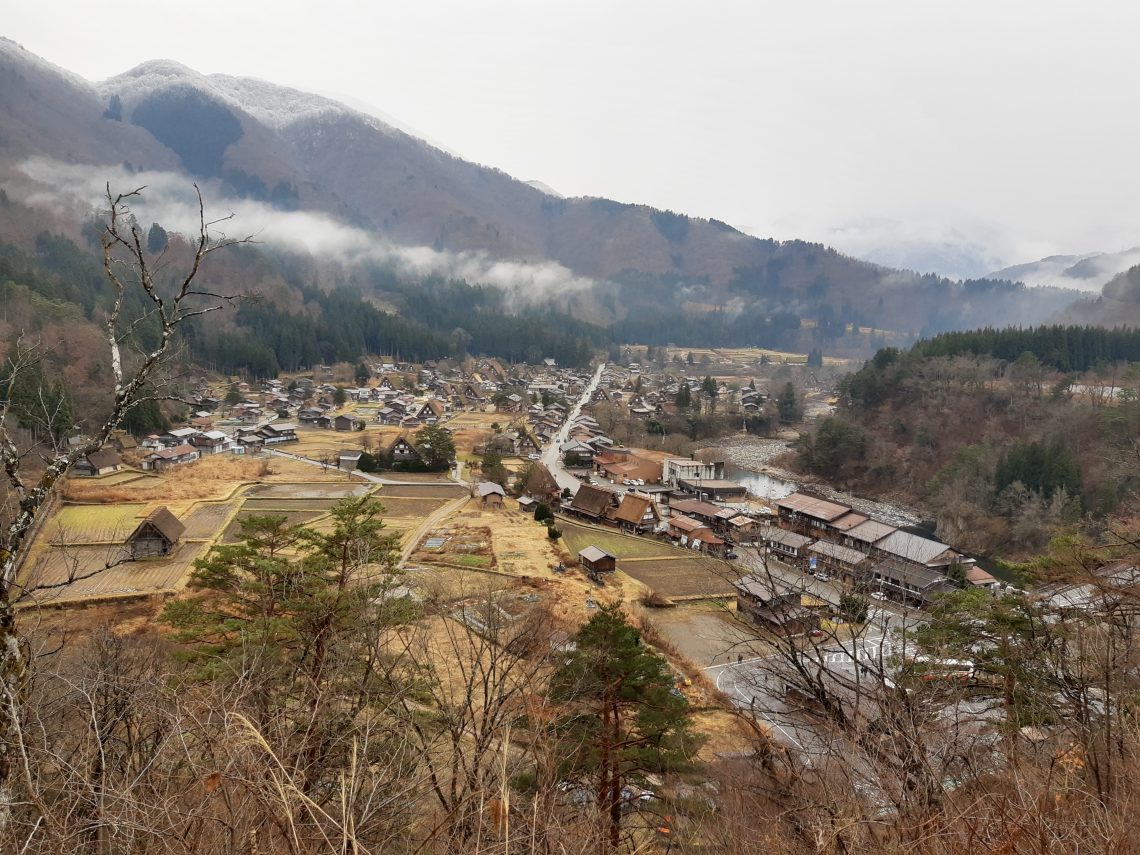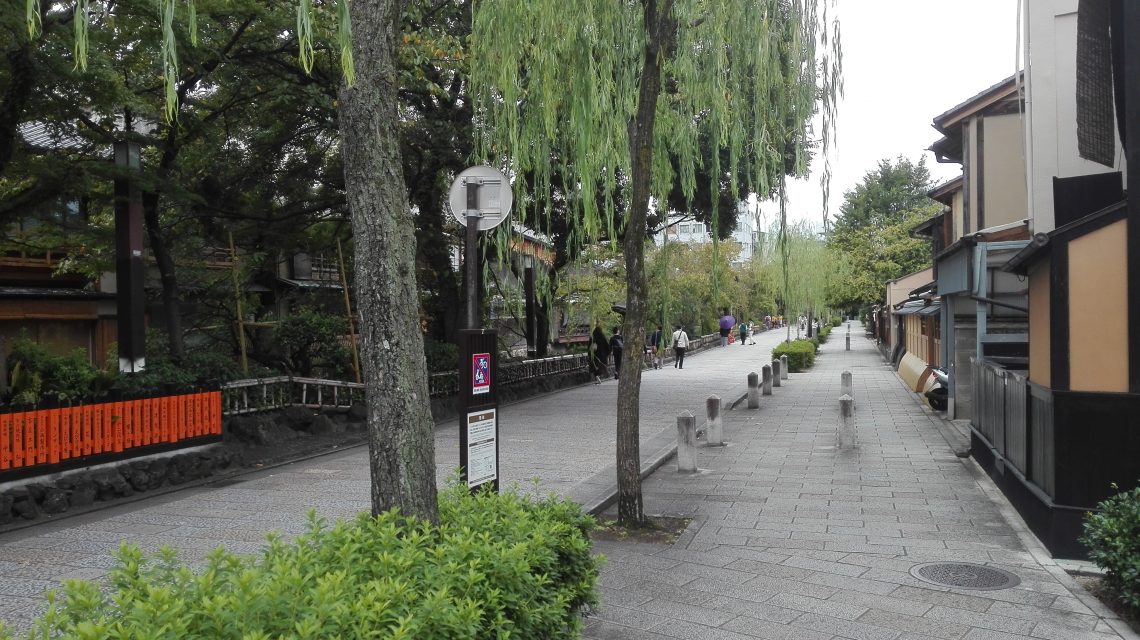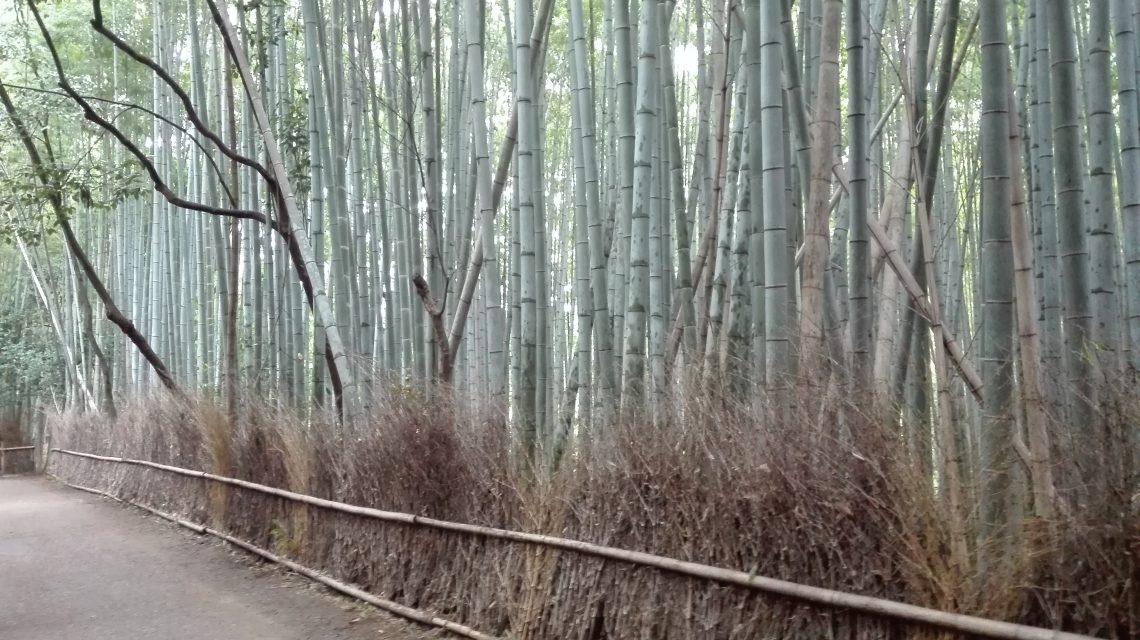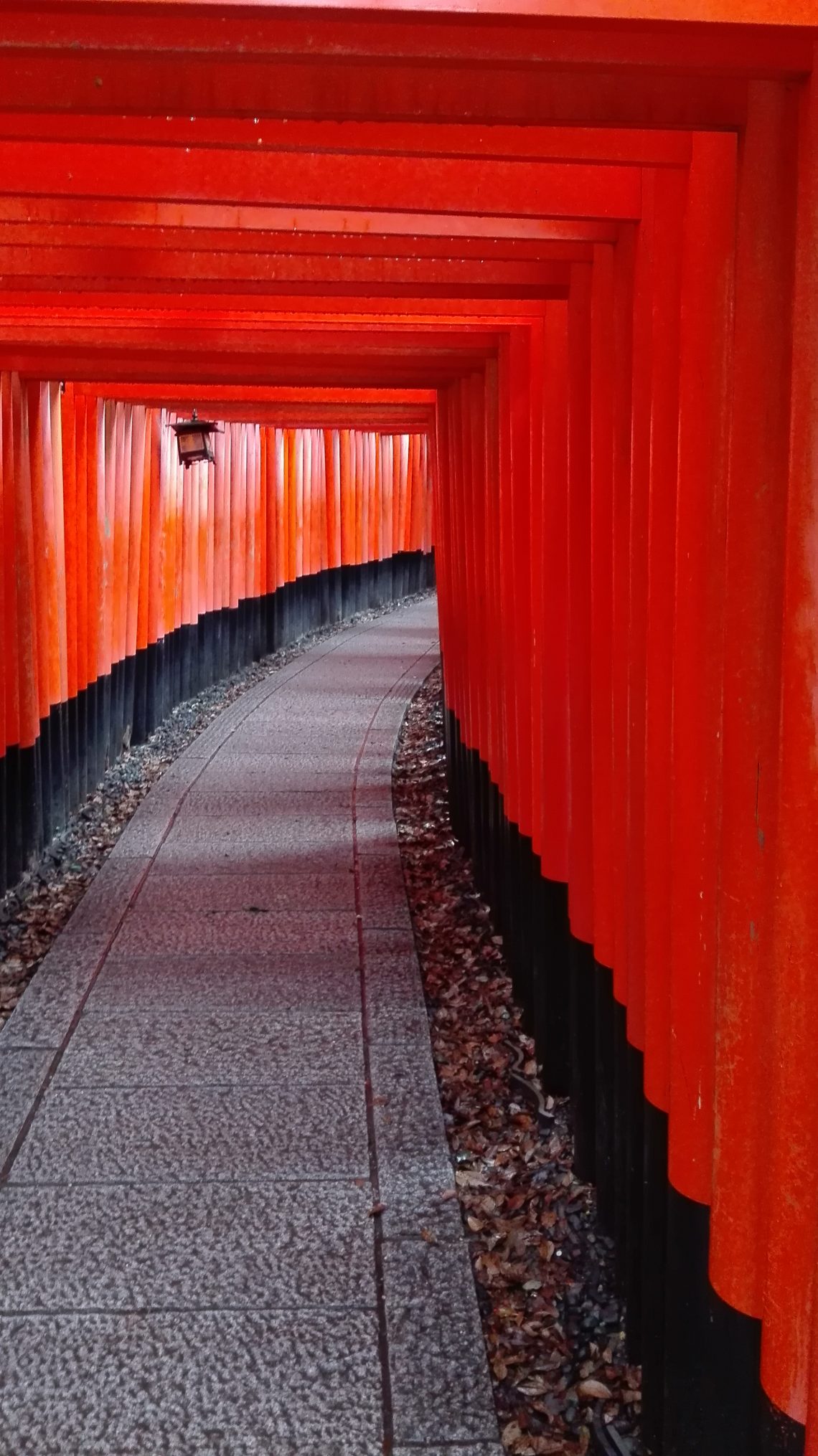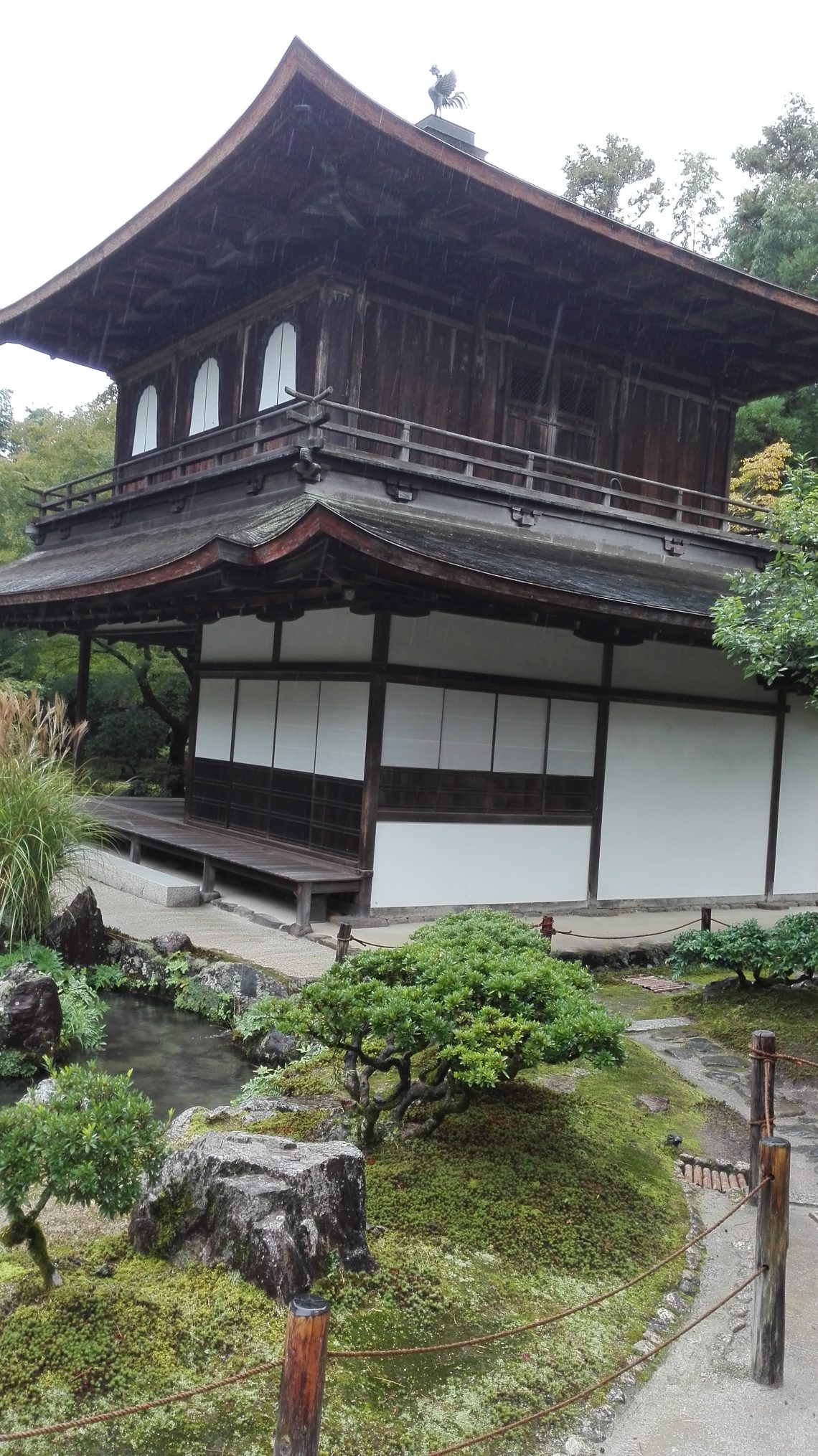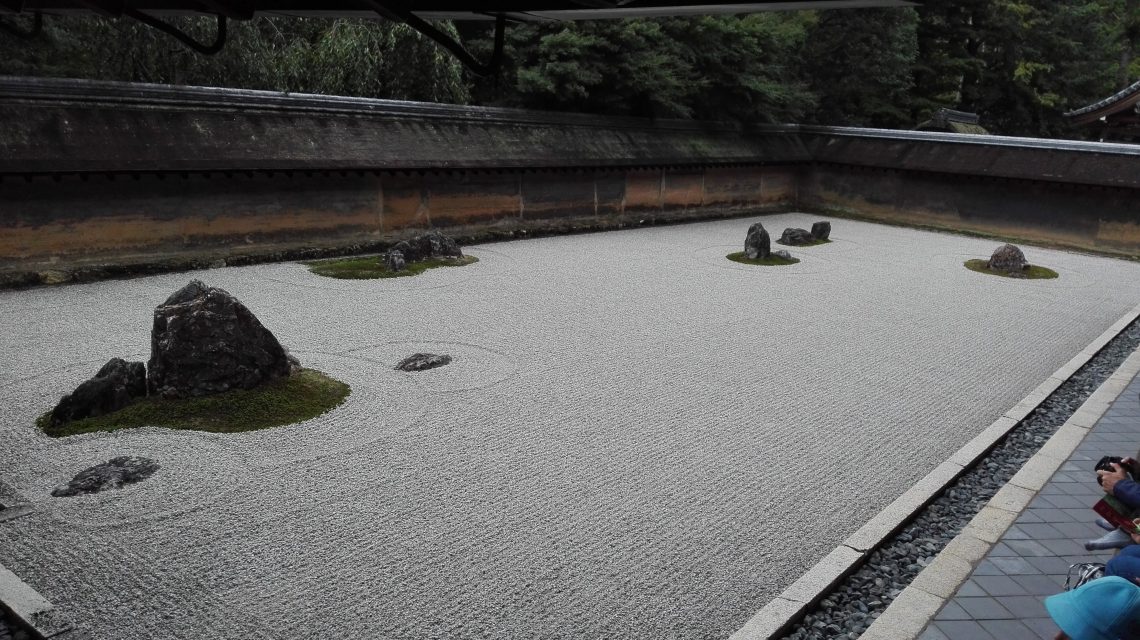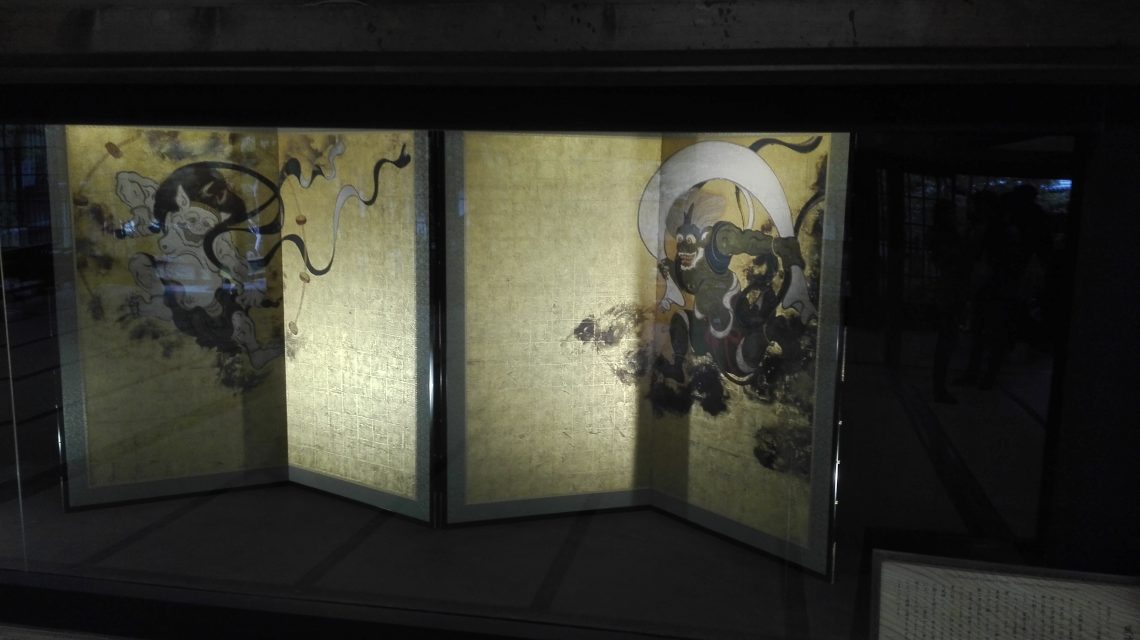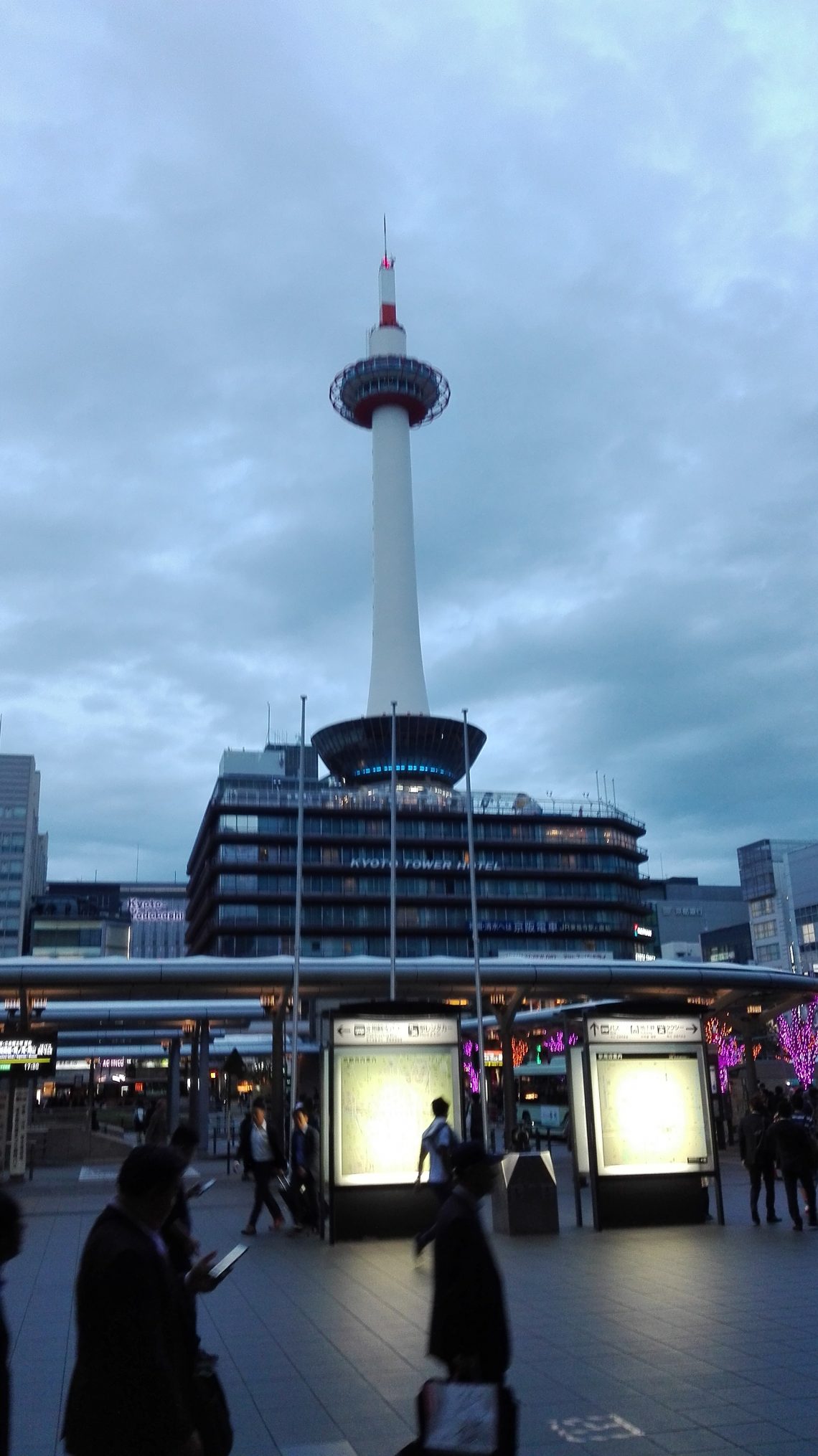Just before Christmas I made a short trip to Takayama, also to have a look at the village Shirakawa-gō. I left Sunday morning, arrived around noon and visited the historical part of Takayama. On Monday I mainly visited the village Shirakawa-gō. The rest of the time on Monday and Tuesday morning (Christmas Eve) again a little Takayama. A typical japanese holiday…
Continue ReadingGeneral
Kyōto – Old Town District Gion
Gion is a district in Kyōto, which was only formed in the Sengoku period (“time of the warring countries”; ca. 1467 – 1600). It is directly at Yasaka Shrine (formerly Gion Shrine) and not far from Kiyomizu Temple. It has become the best known geisha quarter in all of Japan.
Continue ReadingKyōto – Arashiyama
Arashiyama is a district in the western Kyōto, a national cultural asset and is among other things famous for its bamboo forest and bridge.
Continue ReadingKyōto – Fushimi Inari-Taisha
The Fushimi Inari-Taisha is a Shintō shrine and the main shrine of about one third of all Inari shrines in Japan. In it the god Inari is worshipped, who is the god of foxes, fertility, rice, tea, sake, agriculture and industry, general prosperity and worldly success, and one of the main kami (god) of Shintō. He was/is also the patron of the swordsmiths and merchants. Depending on the region he is female, male or androgynous. Pure white foxes serve as his messengers.
Continue ReadingKyōto – Nijo-jo Castle
The Nijo-jo Castle was built in 1603 by order of the Shogun Tokugawa and served as his residence in Kyōto when he was rarely present there (His residence city was Edo, nowadays Tokyō). In this castle he also announced his appointment as shogun, as well as his descendant the end of the shogunate in 1867. Later the castle became a villa of the emperor, until it was bequeathed to the city Kyōto in 1939.
Continue ReadingKyōto – Kiyomizu Tempel
Kiyomizu-dera refers to several Buddhist temples, but mostly the Otowasan Kiyomizudera is meant, which is a temple in the eastern Kyōto. It is part of the World Heritage historic Kyōto and is known for its wide terrace on a steep mountain slope where you have a beautiful view of Kyōto and can admire the trees during the different seasons. But how could it be otherwise, this very terrace is just being renovated…
Continue ReadingKyōto – Ginkakuji Temple
The Ginkakuji (“Temple of the Silver Pavilion”) was built by the Shogun Ashikaga Yoshimasa in 1482 as his retirement residence and after his death it was unfinished remodeled into a Zen temple according to his wishes. Contrary to its name it is not made of silver.
Continue ReadingKyōto – Ryoanji Temple
Ryoanji Temple is a Zen temple and part of the UNESCO World Heritage historic Kyōto. In this temple is probably the most famous Zen garden of Japan with 15 randomly placed stones. However, you cannot see all 15 stones at once from every position.
Continue ReadingKyōto – Kennin-ji
The Kennin-ji is the oldest temple in Kyōto and a Zen temple. The temple is famous, among other things, for the screen with the representation of the god of wind and thunder ( Fūjin-Raijin picture), a national treasure of Japan. This screen is completely covered with gold leaf. Furthermore there is a large Buddha Shakyamuni statue in the Dharma Hall. In this hall a pair of dragons was painted on the ceiling in 2002 on the occasion of the 800th anniversary of the temple.
Continue ReadingKyōto – Kyoto Tower
The Kyōto Tower is a 131 meter high observation tower in Kyōto on which you can visit a viewing platform in 100 meters height.
Continue Reading